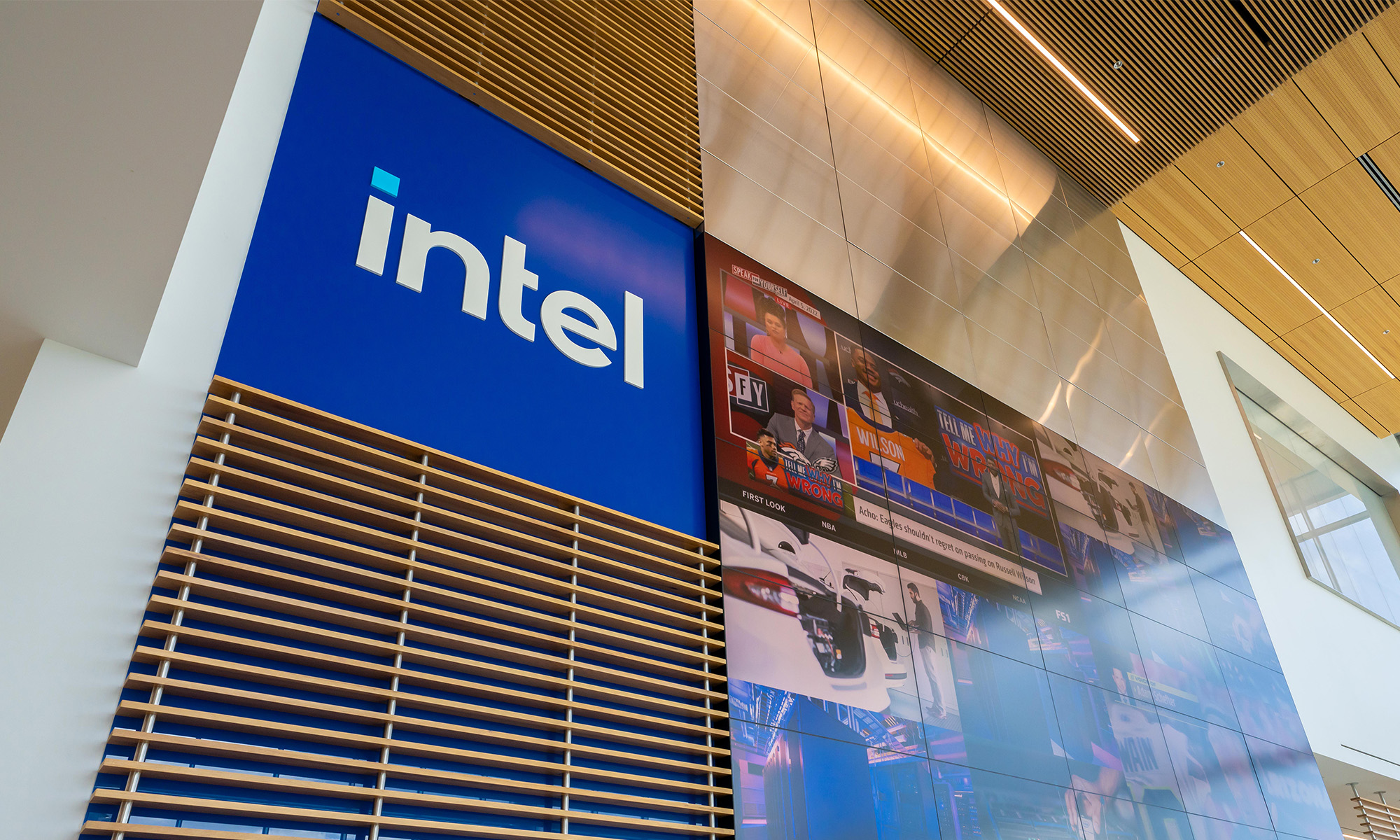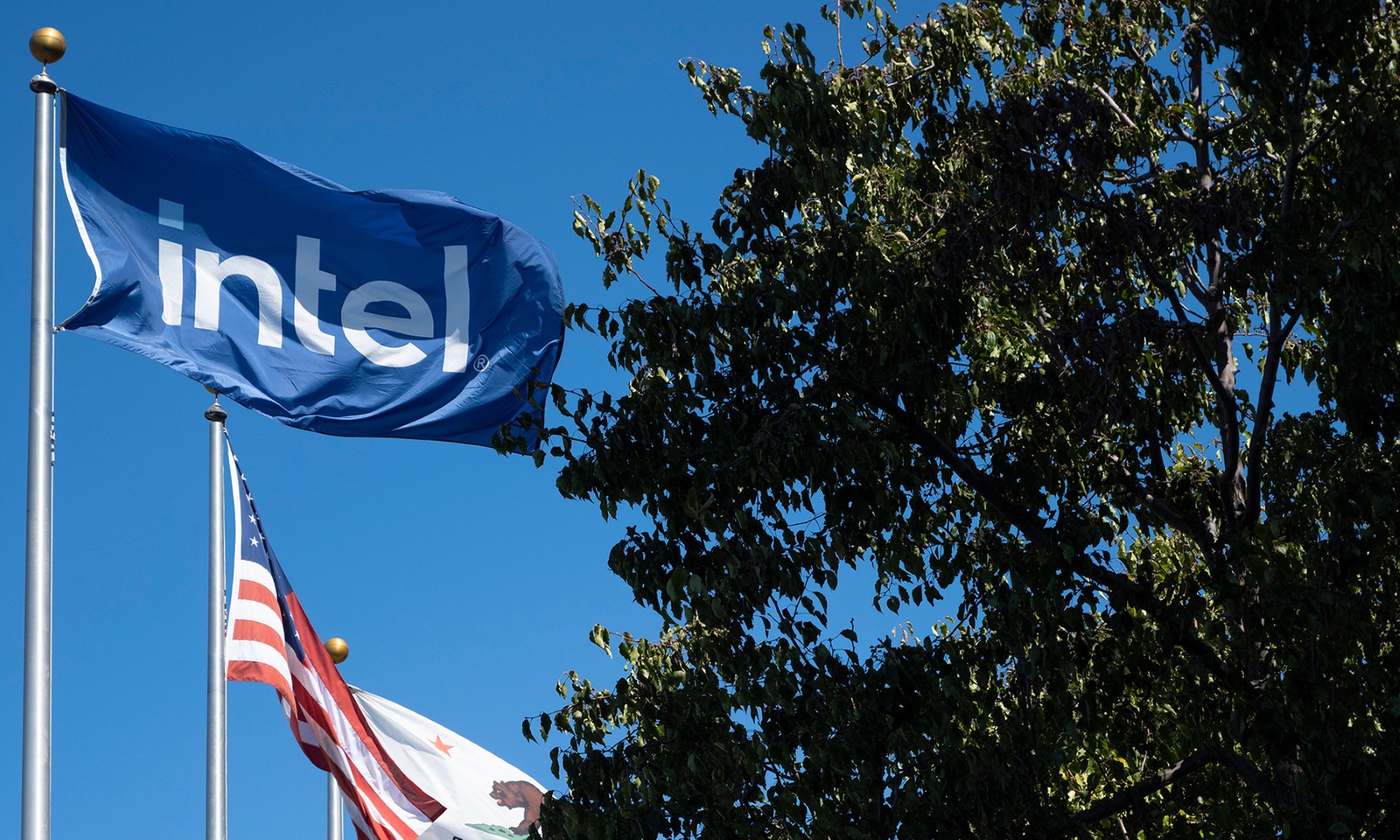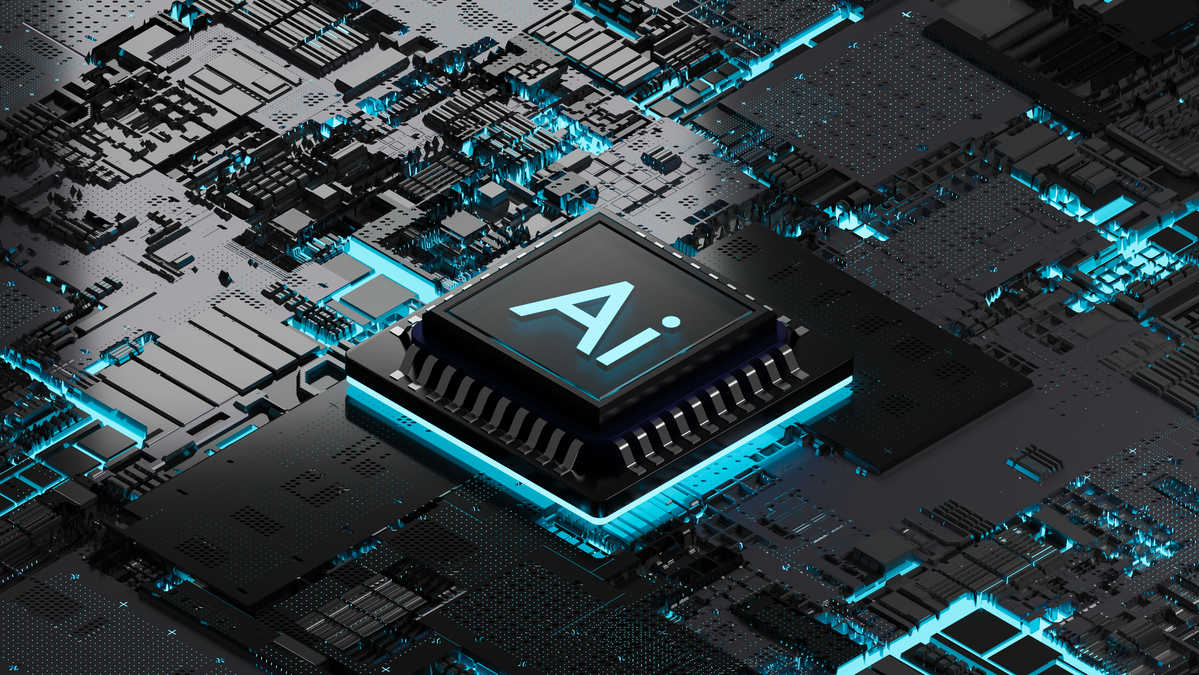Website FanlessTech recently leaked a set of Intel (INTC 4.30%) slides detailing the performance improvements that the company's upcoming Skylake family of processors will bring over the company's older Broadwell processors. The gains look to be quite compelling, especially since those gains will come principally from design/architectural improvements rather than manufacturing technology related ones.
Let's take a closer look at the kinds of gains Intel expects and what it means for personal computers.
Big gains in small thermal envelopes
According to the slide, Intel's Y-Series and U-Series processors aimed at lower-power applications will bring the biggest gains over their Broadwell predecessors.
The Y-Series chips (aimed at fan-less devices such as the new MacBook) will deliver up to a 17% improvement in CPU performance, a 1.4-hour increase in 1080p video playback, and 41% better performance in 3D graphics applications relative to the corresponding Broadwell chips.
The U-Series processors, which are aimed at more traditional thin-and-light laptops (such as the MacBook Air), will also see big improvements. CPU performance goes up by up to 10%, battery life in 1080p video playback goes up by 1.4 hours and 3D graphics performance moves up by up to 34%.
To put these improvements into perspective, Intel claimed improvements of 4%, 1.5 hours, and 22% in moving from the older 22-nanometer Haswell-based U-Series processors to the 14-nanometer Broadwell-based U-Series processors.
Solid gains at higher power levels, too
At higher performance levels, Intel is also claiming some solid gains. In moving from Broadwell-H to Skylake-H (for high-performance laptops), Intel claims that CPU performance goes up by up to 11% and graphics performance moves up by up to 16%.
In terms of power consumption, Intel claims that total silicon solution power (which includes the CPU, the platform controller hub, the Wi-Fi and wired networking chips) is as much as 80% lower.
Then, for desktop processors (S-series), Intel claims that CPU performance moves up by 11% from the prior generation and that 3D graphics performance improves by 28%. It isn't clear from the slides whether Intel is referring to gains from Haswell to Skylake or Broadwell to Skylake, but given that Intel cites a reduction in thermal design power from 84 watts to 65, the gains are likely relative to Haswell (since there were no 84-watt Broadwell desktop models launched).
Other areas of improvement to keep in mind
In addition to CPU/graphics improvements, Intel has made a lot of platform-level improvements and has integrated a number of key new pieces of functionality. For example, one of the leaked slides indicate that Intel has added hardware support for decoding and encoding HEVC video.
Additionally, the slides indicate that Intel has integrated an image signal processor that supports 4K video capture. Furthermore, the slide shows that Intel has integrated an enhanced audio digital signal processor with "enhanced post processing," as well as "Multi-user Wake on Voice" support and hardware-accelerated Speech. Finally, Intel is integrating a sensor hub into Skylake.
The integration of all of these technologies directly into the Skylake silicon should reduce the number of discrete components that system vendors will need to include to implement certain functionality. This, in a nutshell, should mean better battery life, smaller board space, and potentially lower system costs.
This looks like a solid "tock"
With Skylake, Intel seems to be delivering a very solid improvement from the prior-generation Broadwell processors. CPU and graphics performance go solidly up, battery life improves, and the company is integrating a whole host of seemingly useful functionality into the main processor and its accompanying platform controller hub.
According to various leaks, the desktop versions of Skylake will hit the market in early August while the laptop-oriented versions of Skylake should arrive in the fourth quarter. I look forward to seeing the systems that Intel's PC partners deliver based on Skylake silicon later this year.






